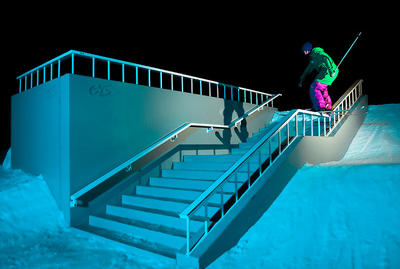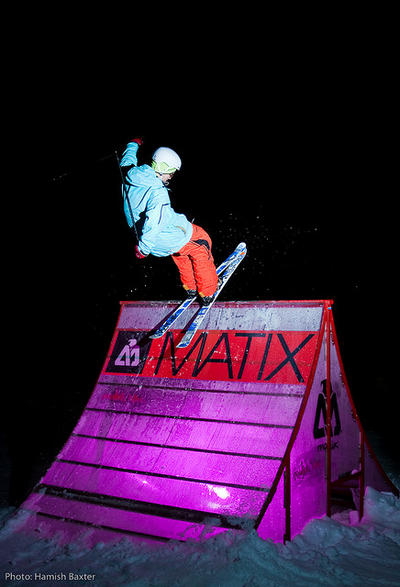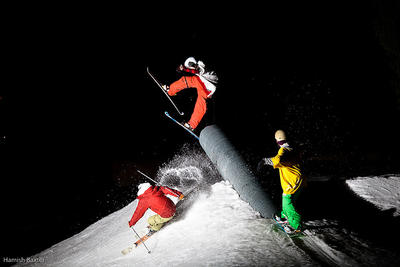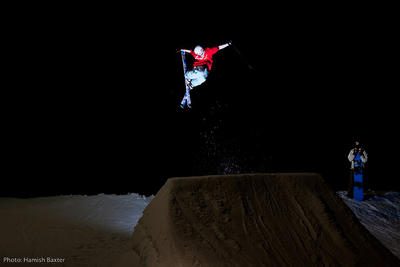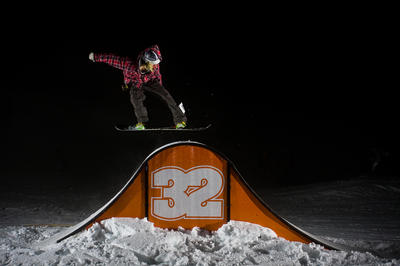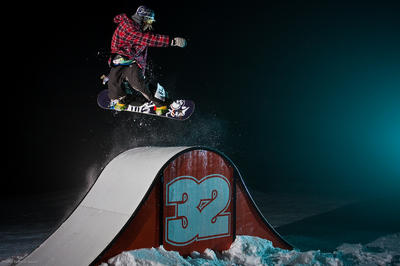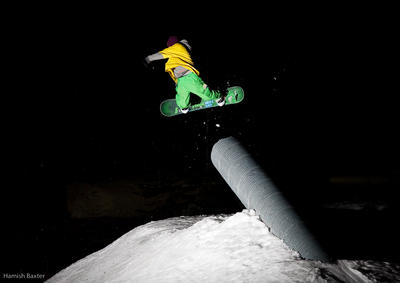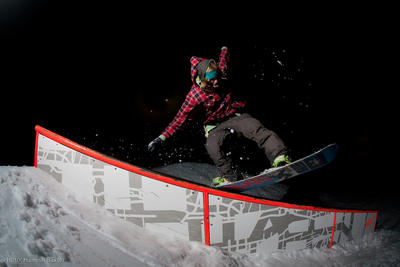Well, first read for the gist of this so you understand t5 and t1.
http://www.scantips.com/speed2.html
So, when you are thinking about buying bees, it's always good to think about what you are using them for.
if you get more power, you get longer flash duration you get. The good news is that the more power you are using, the shorter the duration is. So you can shoot a 1600 off in broad daylight and still get someone lit up, and not worry much about freezing the action.
Bees with less power have less duration. Firing a 1600 off at night might light up more of the background than you want, which could be corrected with your aperture, which might mess up the DOF you are going for. It's all a push pull.
I generally only use one light in daylight, as the sun is your key light. but it's fun to shoot into the sun and then illuminate your subject from the front or side with a flash.
I shoot with B1600s. They have done everything I needed them to do, and so far just with the silly little reflector they come with.
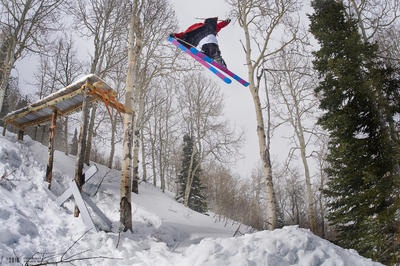
One light, camera left, about 25 feet uphill from me and about the same away from the subject. I don't remember anything else for this shot. Notice how broad it hits with just the stock reflector. I love it.
With a nikon my bees on remote will generally sync up to about 1/400, I have to follow my subject through the frame sometimes which can lead to blurriness in backgrounds with skiing. Not when it's my only light, but sometimes in daylight. Depends on what light I'm using for what, but the blurriness from your sync speed is generally more of a problem than your flash duration. I haven't really ever known a flash duration to be slower than a reasonable action stopping speed, besides real cheap gear.
I'm currently working on an online portfolio. I'm primarily a graphic artist, so I'm trying to build something baller before I put something up.
Here's some shots though.

That's about 3/4 power on a gloomy day, light is about 20 feet to my right and front, subject is about 30 feet from the light (I think).
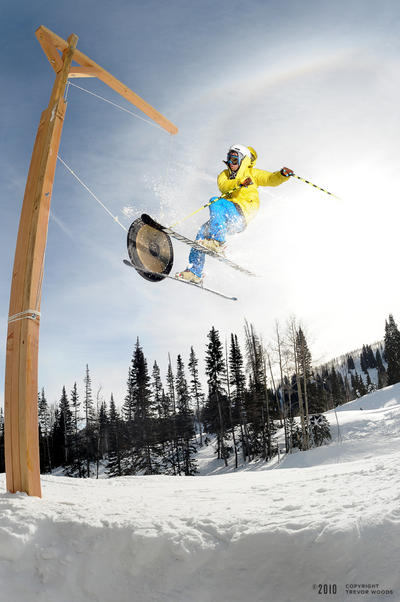
That's pretty high power, maybe full power in broad daylight. The light was about 10 feet away from the subject, about 5 feet to my right and 7 ish feet off the deck of that hip on a stand.

That's broad daylight, full power, 6 feet off the ground on a stand camera right about 10 feet from the subject.
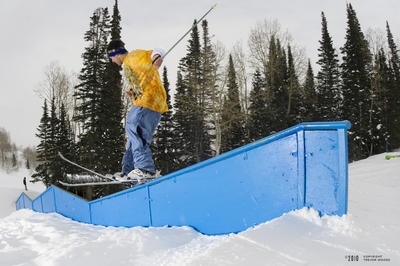
Two lights, about 3/4 power on a real cloudy day, one pointed at the top of the rail and subject, one pointed towards the bottom. Notice how much better it wraps as the lights get further away from the subject.



